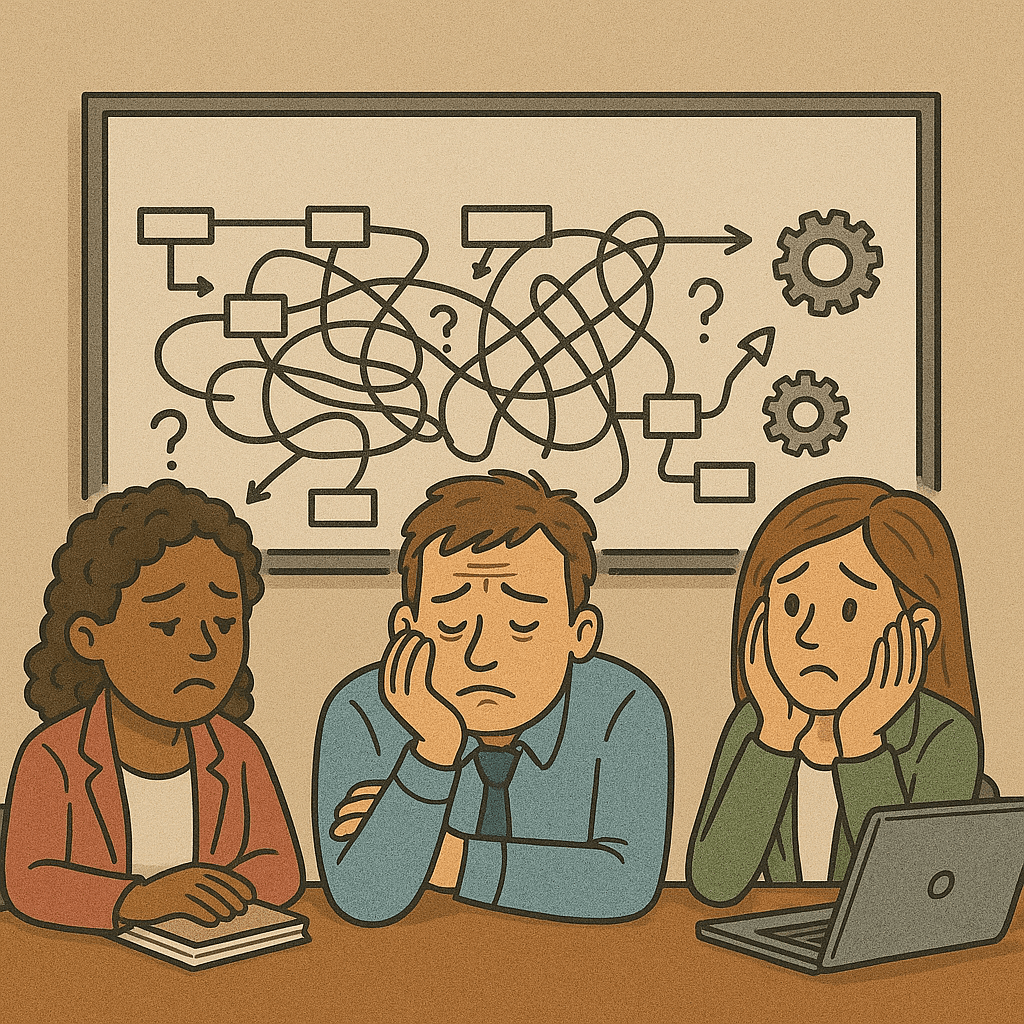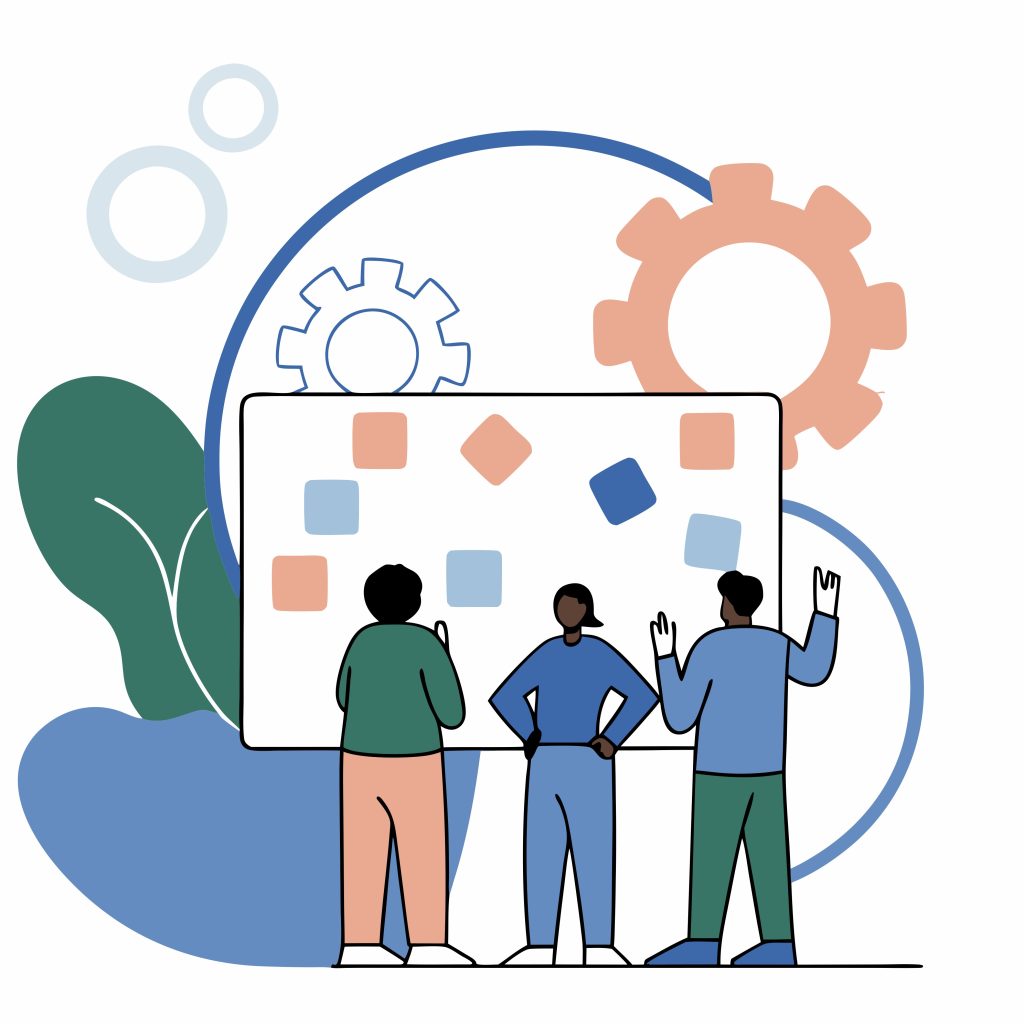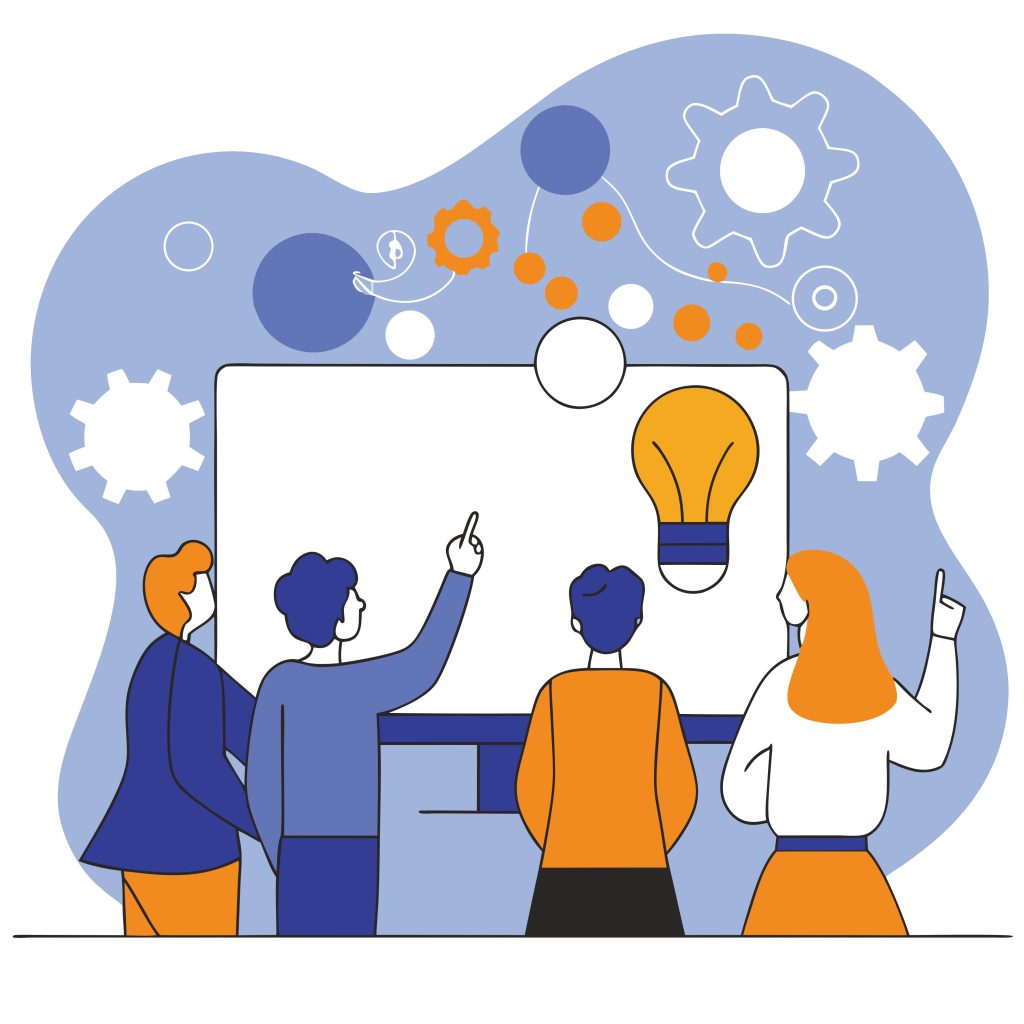Design Thinking – Who needs to change? Me or Team or the entire firm?
One of the questions asked in Design Thinking Webinar is “Does it need the organization to change?” This is a very interesting question as there is definitely two sides to the coin.
So I created a small table with my experiences where I saw an entire organization using design tools/thinking and areas where it was limited in time or team specific.
| Design Thinking applied in complete continuum | Design Thinking applied for a scope/team/ time period |
| In cases where design is key differentiator to the organization it’s important for the entire organization to think with Design Thinking in its core. For example, I have worked for #ThoughtWorks almost all the business analysts and #inception team would use similar innovation methods from their design thinking playbook. With such a unique differentiator, the clients always get the same type of service across the organization. The artefacts that get generated for a proposal or a project initiation would have the type of design rigor applied. Further, in cases where the teams need to scale up across geo-locations, it’s easier for teams to come onboard due to the technology and methodology, fabric if you will, being the same. | I have seen design thinking being used to solve a particular problem, it doesn’t have to necessarily bring the change through the organization. For example, I have been associated with the graduate onboarding program in a firm. This team used ‘Seeing the forests through the trees’ approach along with facilitative story-telling to create a unified execution plan. They also use other tools like mind mapping, visual models and futurespectives to pivot and continue to evolve their services to the graduates and other stakeholders within the organization. The effectiveness of the graduates coming out of the training programs has increased in spite of rest of the organization not going through a similar change. |
| Design thinking tools as part of every unit within an organization would really deepen the practices and tools. This also helps in creating a great set of tools for the required contextual techniques as well. Organizations such as Apple and IDEO live and breathe design process, tools and techniques. It has a huge amount of advantages of having all the leaders under the decision making processes
Such as there is always short term prototyping and evolving architecture. This type of creating smaller experiments further embodies the model of having a number of smaller bets rather than having one or two large bets as an organization. The performance measurements also is geared towards the effort that is involved rather than actual results. This goes back to the Indian cultural values of one needs to be judged by their actions and not by the results (Remembering Bhagavadh Gita anyone 🙂 ) | Design thinking tools can be used for a specific goal facilitated by a few experts. For one of my clients, I used design thinking for their annual planning/strategy session. There were several facilitation tools used including Elevator pitch and 3 box solution for the innovation models. This kind of using tools and techniques out of the design thinking processes needs a few things
– An expert for facilitation – Artefacts that are generated out to be used for a shorter duration While the strategy/planning session brought the team together and more than helping innovation, it catapulted the team together towards the next big hairy goals the team set out to do |
Of course, design thinking processes are not the only differentiator for successful organizations. There are several ingredients that can make the tilt. Design thinking helps in moving towards the inflection point far quicker than any other micro process that teams and units can adopt.
Simple answer to the question is using Design Thinking doesn’t need the entire organization to change. It can be applied for a specific goal and would certainly help having an expert facilitator in your initial journeyman steps.
So what would be the typical design thinking journeyman approach be? Like any change management, it needs to happen from one practitioner becoming the expert change agent.
The following steps reveals the way to assess where one is in their design thinking journey

Once we have that model, the next step is to find a way to influence team to start using design thinking whenever the problem is not clear. As we saw in the examples illustrated, we can see what type of benefits that design thinking brings at team, product and organizational level.

Agility and Design thinking goes hand in hand in most areas. I really liked the point of view from Matt that certainly lines are blurring between the design thinking and agility during product design and development. More on that topic in subsequent blogs.
There are several people who have also asked me what are the key steps that help organization from moving from a pure curiosity driven understanding to level of internalization. This is my perspective and will add examples in my next blog

These specific actions by the change agent can help in organization to realize and unlock the benefits of Design Thinking.





